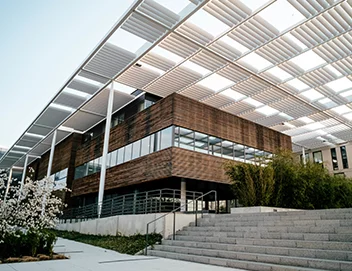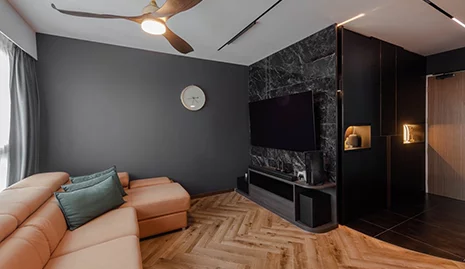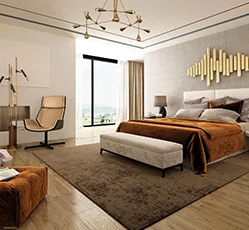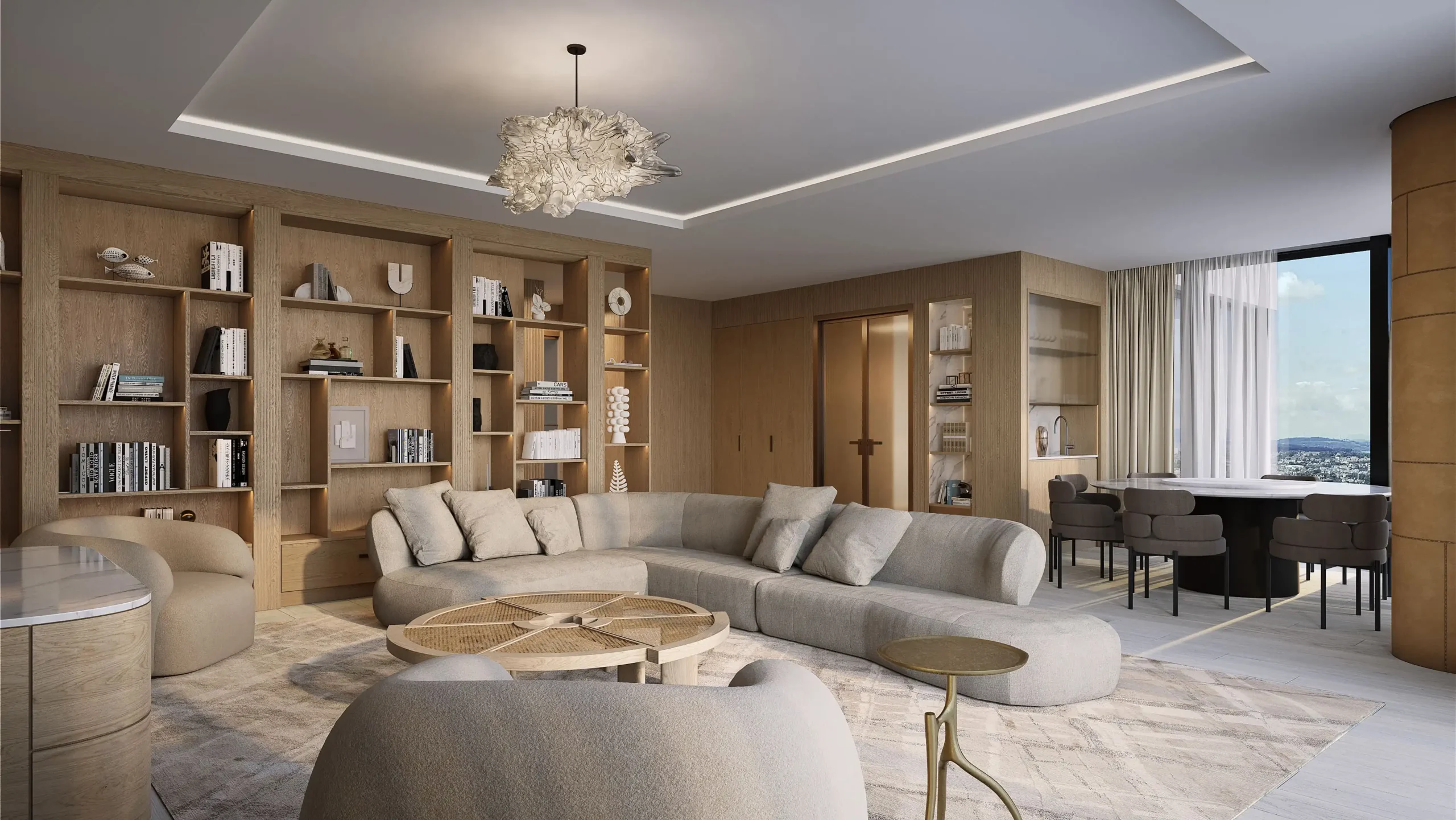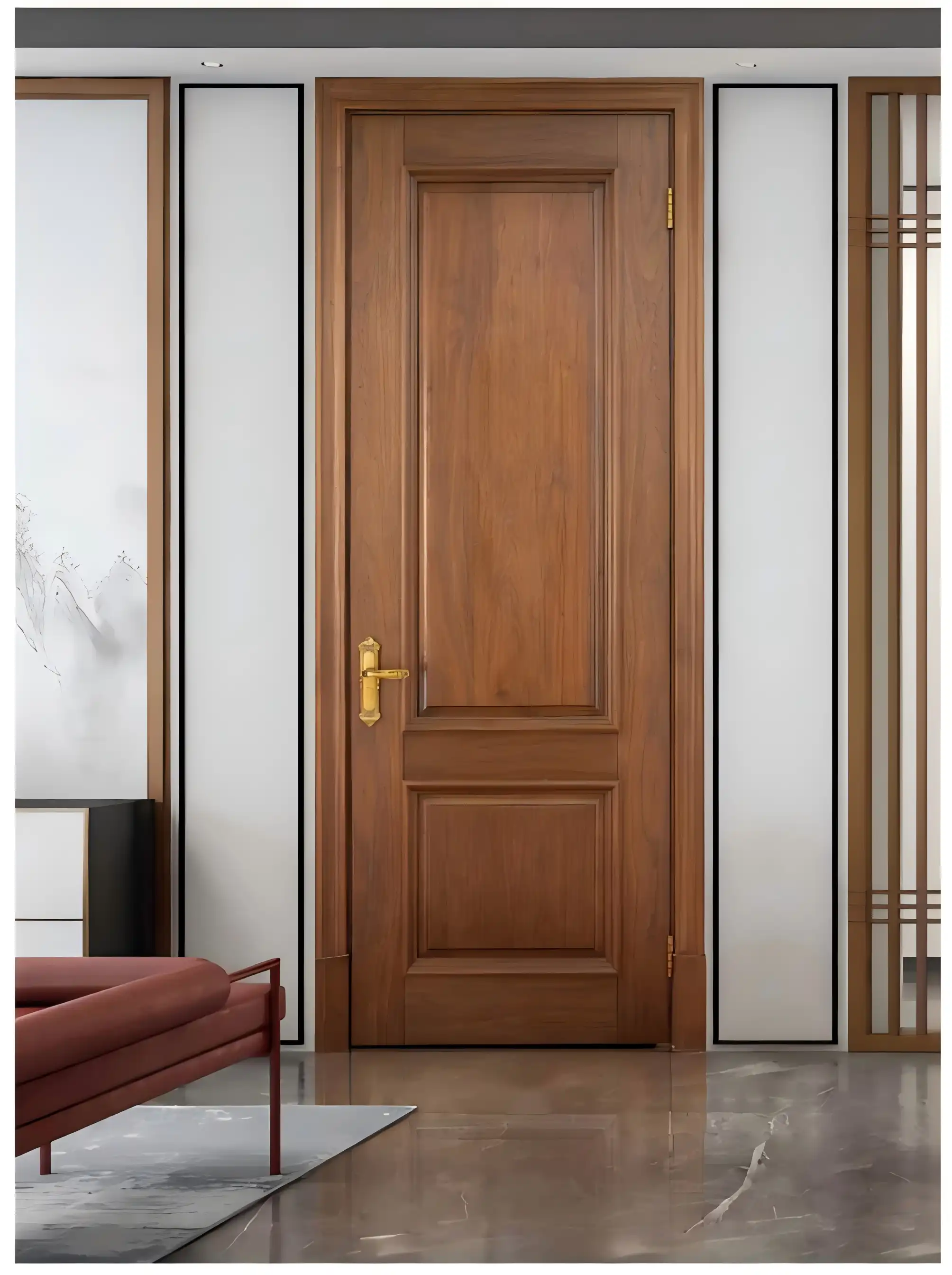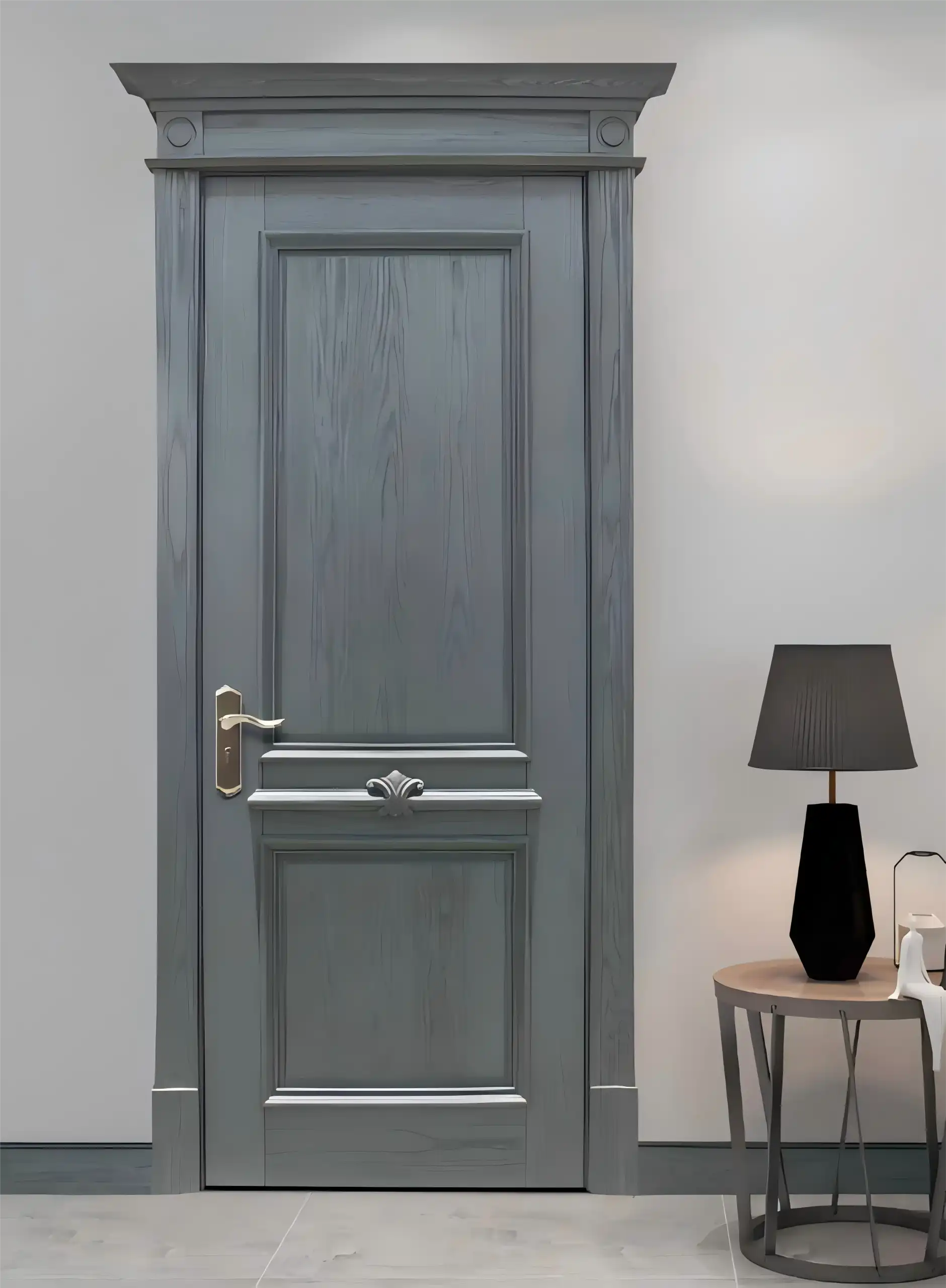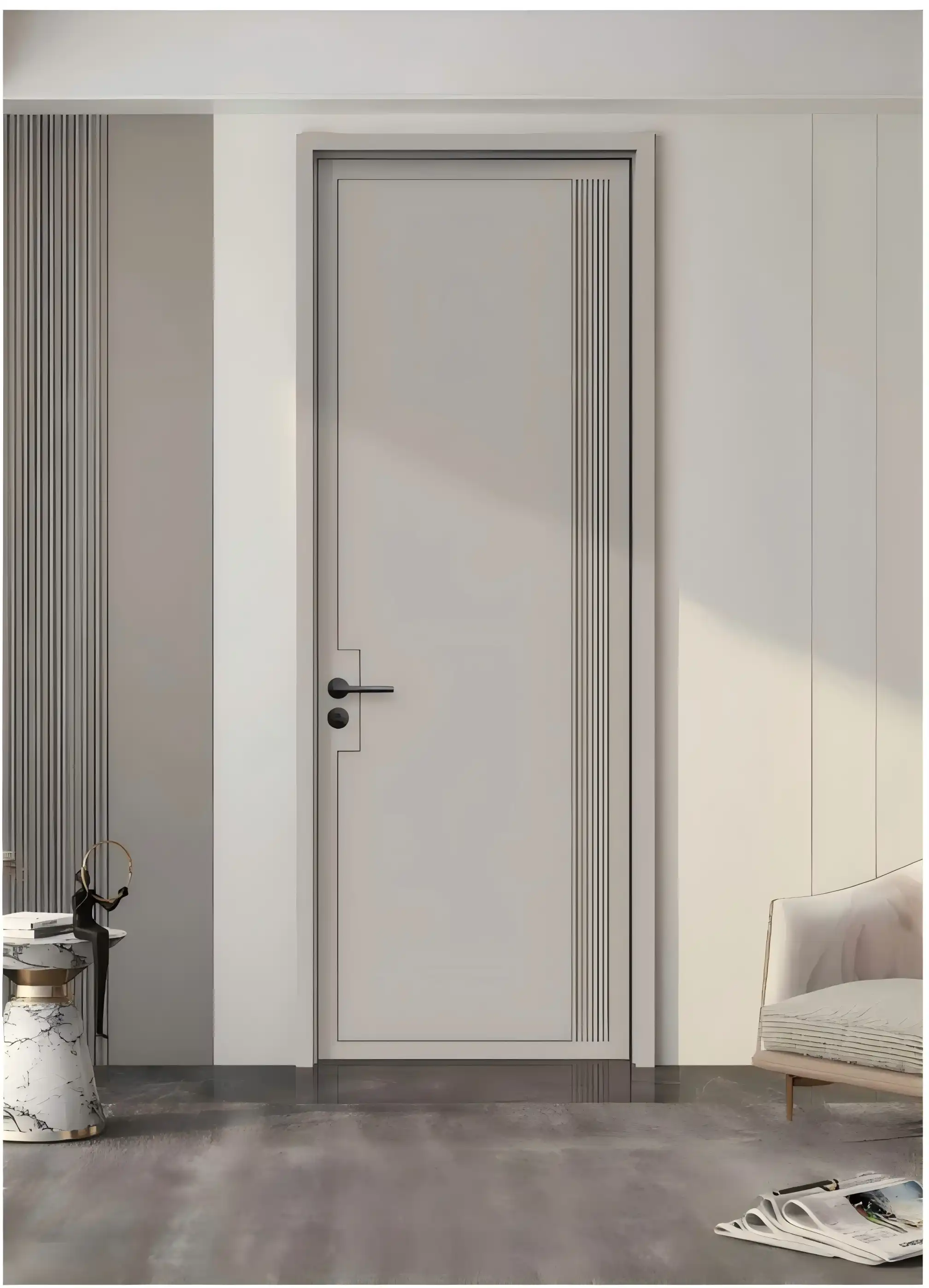For centuries, wooden interior doors have anchored home design, blending artistry with practicality.This isn’t nostalgia; it’s a testament to wood’s irreplaceable synergy of beauty, resilience, and sensory warmth. Architects like Frank Lloyd Wright championed wood as fingerprint in philosophy still shaping today’s interiors. Below, we dissect why wood dominates doors across six critical dimensions, empowering your design choices.
Articles connexes :
2025 Kitchen Remodel Costs: Strategic Budgeting For Maximum Value
What Wood Is Best for Interior Doors?
Selecting wood species balances aesthetics, durability, and budget. Each type offers unique advantages:
Hardwoods: Luxury and Longevity
- Oak: With Janka hardness of 1,360 lbf, it resists dents. Cathedral grain patterns suit traditional homes.
- Walnut: Rich chocolate hues (Janka 1,010 lbf) offer modern elegance but costs 30% more than oak.
- Maple: Pale, uniform grain (Janka 1,450 lbf) excels in minimalist spaces.
Best for: High-traffic areas like entryways.
Softwoods: Budget-Friendly Versatility
- Pine: Affordable ($150–$300/door) with rustic knots. Soft (Janka 380 lbf), requiring protective finishes.
- Alder: Mimics cherry at lower cost; stable in humidity when kiln-dried.
Best for: Low-moisture zones like bedrooms.
Engineered Wood: Practical Innovation
- Solid-Core Composites: Plywood cores with oak veneer provide 80% of solid wood’s heft at 40% lower cost.
- Bamboo Hybrids: Sustainable, moisture-resistant, and 20% harder than oak.
Pro Tip: For bathrooms, choose teak or moisture-treated alder to prevent warping.
How Much Is a Good Wooden Interior Doors?
Pricing reflects craftsmanship, materials, and customization. Expect these investment tiers:
Material-Driven Price Ranges
- Economy($150–$400): Pine or hollow-core engineered wood.
- Mid-Range($400–$1,200): Solid oak, maple, or alder; includes basic finishes.
- Premium($1,200–$3,000+): Exotic woods (e.g., mahogany), hand-carving, or custom stains.
Hidden Cost Factors
- Customization: Glass inserts add $100–$500; intricate carvings increase costs by 25–60%.
- Installation: Professional fitting costs $100–$300/door, critical for heavy hardwoods.
- Lifespan ROI: Solid wood doors last 30+ years vs. MDF’s 10–15 years, justifying higher upfront costs.
Budget-Smart Strategies
- Veneer Over Solid Core: Achieves walnut’s look for 40% less.
- Stock Sizes: Avoid 15–20% premiums for non-standard dimensions.
What Are the Advantages of Wooden Interior Doors?
Wood outperforms synthetics in three key areas:
Aesthetic and Emotional Value
- Natural Beauty: Grain variations create unique textures, enhancing organic design styles.
- Psychological Warmth: Studies show wood surfaces reduce stress biomarkers by 15% (University of British Columbia).
Structural and Functional Benefits
- Durabilité: Hardwoods withstand 3x more impact than MDF. Scratches can be sanded and refinished.
- Thermal Insulation: Wood’s cellular structure provides 15% better heat retention than metal.
- Eco-Impact: FSC-certified wood doors use 50% less embodied energy than PVC alternatives.
Customization Flexibility
Staining, carving, or paneling adapts doors to any era—from Shaker simplicity to Victorian opulence.
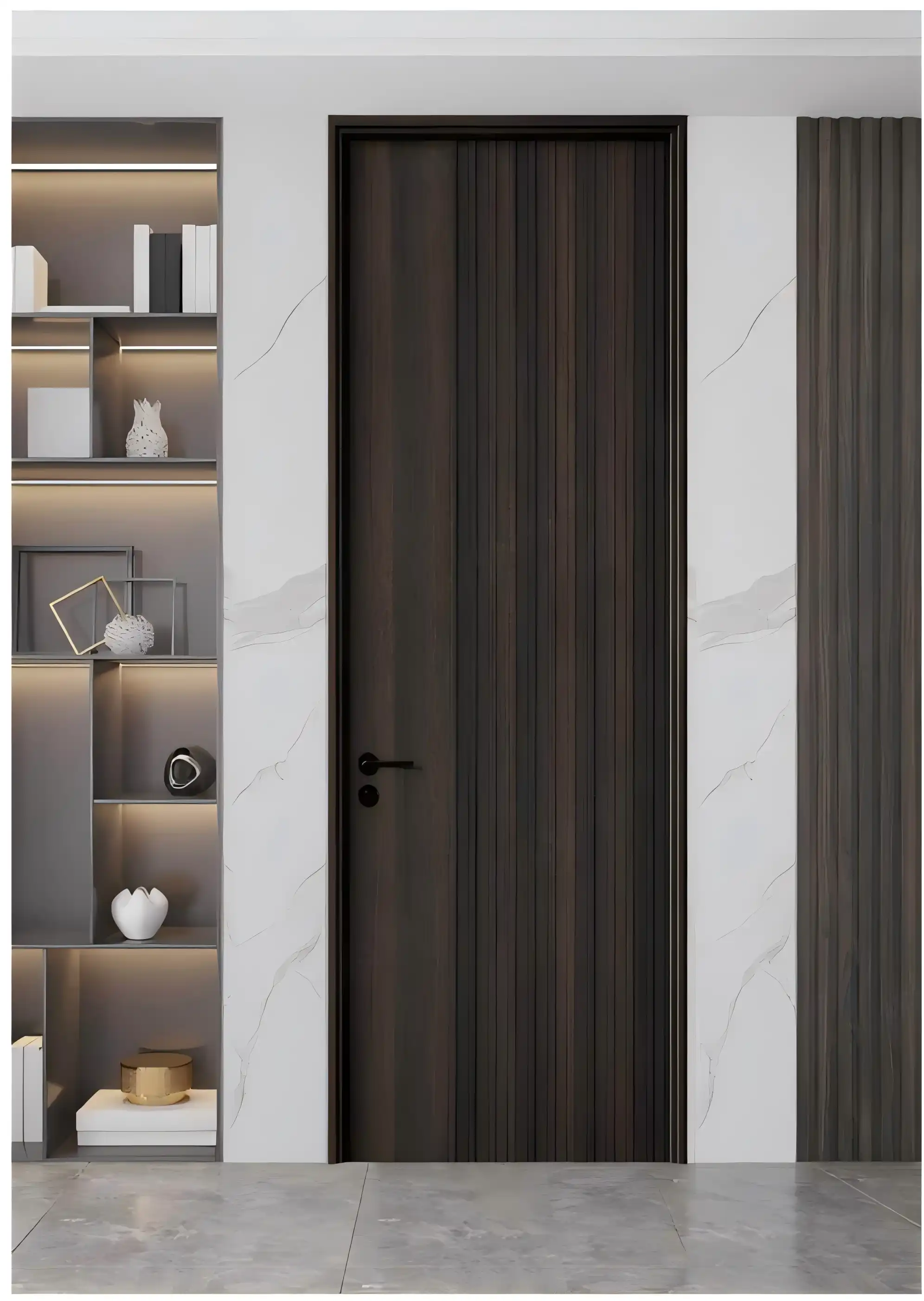
What Are the Disadvantages of Wooden Doors?
Wood’s challenges require proactive management:
Environmental Sensitivity
- Humidity Swelling: Doors expand in moisture, causing sticking. Solution: Maintain 30–50% indoor humidity; use kiln-dried woods.
- Temperature Cracking: Dry heat shrinks joints. Solution: Apply beeswax oil quarterly.
Cost and Maintenance Demands
- Upfront Expense: 2–3x pricier than MDF. Solution: Opt for engineered cores with hardwood veneers.
- Ongoing Care: Requires polishing every 6–12 months. Solution: Use water-based polyurethane for low-maintenance protection.
Weight and Installation Complexities
Solid wood doors weigh 50–100 lbs, needing reinforced frames. Professional installation is recommended.
Can Wooden Interior Doors Be Soundproof?
Yes—with strategic engineering, wood rivals specialized acoustic materials:
Natural Sound Dampening
Wood’s density absorbs mid-frequency noises (e.g., voices) better than hollow-core doors. A 1.75-inch solid core oak door reduces sound transmission by 28–32 decibels.
Enhanced Soundproofing Tactics
- Seal Gaps: Install magnetic or rubber seals to block 90% of noise leakage.
- Core Upgrades: Acoustic mineral wool inserts dampen sound by 40dB.
- Design Tweaks: Slab-style doors (no panels) minimize sound pathways.
Comparison: Well-designed wood doors achieve STC (Sound Transmission Class) 35–40, matching many commercial-grade options.
What Future Trends Will Shape Wooden Interior Doors?
Innovation fuses tradition with technology:
Sustainable Material Breakthroughs
- Carbon-Neutral Composites: Bamboo-reinforced timber (like PlyB) gains traction for zero-formaldehyde strength.
- Reclaimed Wood: Upcycled barn wood reduces waste while adding heritage character.
Smart Technology Integration
- Invisible Hinges: Magnetic systems enable silent, seamless operation.
- Embedded Lighting: LED strips within door edges create ambient pathways.
Design Evolution
- Slim Profiles: 22mm carbon-fiber-backed doors maximize space in tiny homes.
- Biophilic Detailing: Live-edge slabs or tree-resin inlays deepen nature connections.
Market Shift: 40% of luxury doors will feature integrated tech by 2029 (Global Door Market Report).
Conclusion: The Unmatched Legacy of WoodWooden interior doors persist not by accident, but by excelling where synthetics falter: they marry beauty (customizable grains), function (sound/thermal control), and soul (tactile warmth). While requiring investment ($200–$3,000) and care, their 30-year lifespan and timeless appeal validate the cost. As sustainable tech advances, wood’s relevance only grows—a testament to its role as the of home design. Choose wisely: your door isn’t just a barrier; it’s a statement of how you inhabit space.

